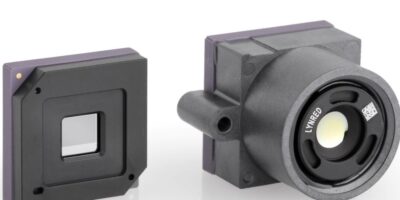Built to power the next generation, always-connected IoT products, Alif Semiconductor’s Ensemble and Crescendo families are power-efficient devices which integrate AI/ML acceleration, multi-layered security, LTE Cat-M1 and NB-IoT connectivity, GNSS positioning, and memory.
The Ensemble family scales from single Arm Cortex®-M55 microcontrollers to so-called fusion processors which blend up to two Cortex-M55 cores, up to two Cortex-A32 microprocessor cores capable of running high-level operating systems, and up to two Arm Ethos-U55 microNPUs for artificial intelligence (AI) and machine learning (ML) acceleration.
The Ensemble family devices contain an advanced secure enclave that provides device integrity protection, secure identity, strong root-of-trust and secure lifecycle management. They also have large on-chip SRAM and non-volatile memory, accelerated graphics, imaging, making them suitable for smart home automation, appliances, point of sale (PoS) terminals and robotics applications, said the company.
The Crescendo family offers the same functionality as the Ensemble family, with the addition of LTE Cat-M1 and NB-IoT cellular connectivity, optional iSIM for simplified subscriber management, integrated RF, power amplifiers, and a concurrent GNSS receiver. These capabilities make them well-suited for smart city, connected infrastructure, asset tracking, healthcare devices and wearable devices said the company, using a single chip to minimise size and weight.
To address the reliance on battery power in IoT devices, which can be challenging when there is a high requirement for local processing, AI/ML, and wireless communication, Alif Semiconductor has also introduced Autonomous Intelligent Power Management (aiPM) technology that allows fine-grained control of when resources in the chip are being powered. This results in low power operation, enabling intelligent devices to last longer on smaller batteries.
“The solution that Alif delivers fills a significant gap in the market,” said Jerome Schang, head of Microsoft Azure Edge Silicon devices strategy. “We are always on the lookout for the most efficient technology platforms for our Edge experiences, and the Ensemble and Crescendo families are very well aligned with our customers’ needs.”
Ensemble and Crescendo devices are sampling now to lead customers. They are supported by Alif Semiconductor’s software, development tools and kits. Production qualification will be complete in 1Q22.






